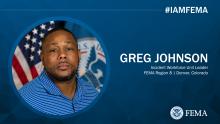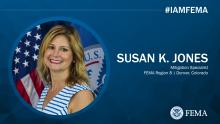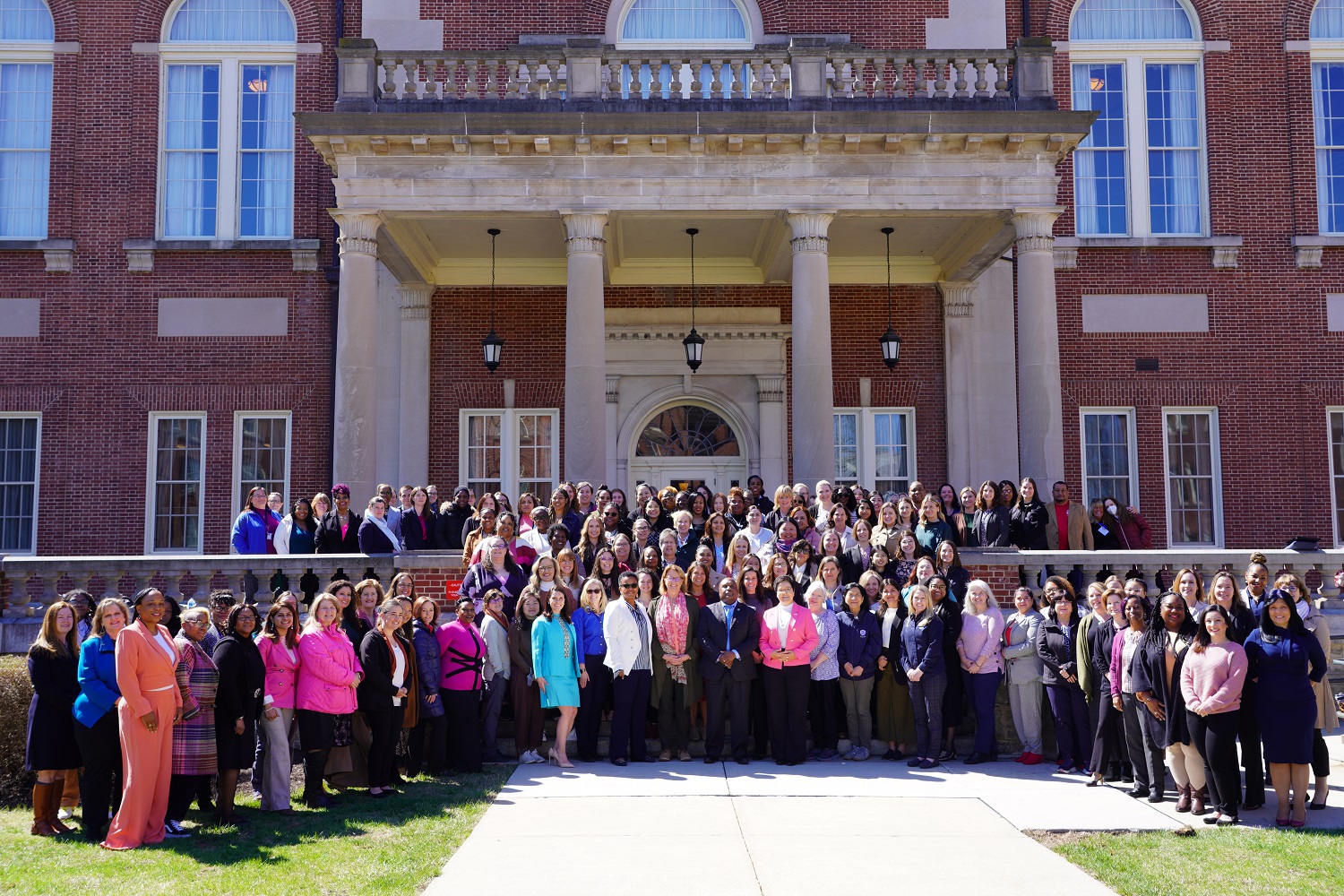
FEMA’s employees are committed to serving our country before, during and after disasters. Every day more than 20,000 emergency managers work to make our nation safer, stronger and more prepared.
The core values that guide our agency can be found in our capstone doctrine, “We Are FEMA.” Every day, across the nation, FEMA employees are inspired by that mission and are working tirelessly to make a difference.
We encourage you to learn more about the staff and their mission-driven work and the who, what and why behind our mission.
Join Our Mission
Video Spotlight
In this video, learn more about the staff behind our mission.
Watch more stories in our We Are FEMA playlist on YouTube.
#IAMFEMA Stories
The men and women of FEMA are our most valuable assets. This diverse team represents every U.S. state, local, tribal and territorial area and our effectiveness is enhanced because we understand the communities we serve. We strive to ensure that our values of compassion, fairness, integrity and respect are reflected through our actions in every step in the process.
Explore these stories to get to know the people of FEMA and the many ways they are helping to create a more prepared and resilient nation. To join our team, go to USAJOBS.gov to see the latest job openings.
"This is one of the best jobs I've ever had. It's not even a job – it's a mission."
– Myra, Federal Coordinating Officer

“FEMA allows me the opportunity to continue working to help others in need."
– Arlena, Region 2
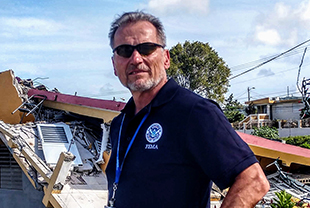
"My FEMA training and my ability to remain calm in uncertain situations undoubtedly played a significant role in me saving an elderly woman's life."
– Tom, Region 9
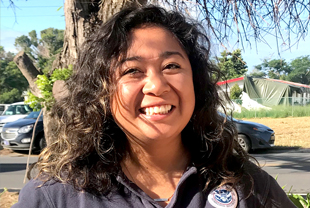
“As I support the Deaf employees, I get to see the amazing work that unfolds, the collaboration that happens and the survivors who are able to benefit. Our Deaf employees are dedicated to providing assistance to these survivors, and I am so fortunate to be part of it,”
– Yasmine, Reservists
FEMA was established by President Carter in 1979 to unify the federal emergency preparedness and response resources to build the nation’s culture of readiness. As disasters and emergencies have evolved, our agency has evolved. FEMA’s ability to adapt to meet the new challenges of today and tomorrow is a direct reflection of the people that make up the agency.
Greg is an Incident Workforce Unit Leader at FEMA Region 8.
Susan is a Hazard Mitigation Specialist at FEMA Region 8.
FEMA employees are proud to serve the nation by helping people before, during and after disasters. This Public Service Recognition Week, we are taking time to honor FEMA employees who embody our mission and have committed themselves to serving the public.
Throughout Black History Month, we are taking time to honor African American FEMA employees who help make our nation safer, stronger and more prepared. Through their service, these colleagues are bringing much-needed energy to help our work align with FEMA’s Strategic Plan and the ideals of our nation.
Monica Curtis was working her shift at a Department Store when a customer, impressed by her knowledge, asked her if she had ever considered a different career path. While Curtis was also working full-time as a teacher assistant, she admitted that with her kids grown, she would love to pursue a career that allowed her to travel. He recommended FEMA, where she could help people while traveling.
Meet Emily! She is a Community Planner with FEMA Region 8’s Mitigation Division. Emily joined FEMA in the Fall of 2019 with a background in land-use planning.
Millions of Americans across the country have been affected by disasters, from Alaska to Puerto Rico, from Florida to South Carolina. FEMA is not slowing down as it continues to respond and help disaster survivors.
Senior Advisor for the Office of Response and Recovery Mike Plostock shares his experience responding after the Surfside Collapse.
Jamie Casterton is a Public Affairs Specialist at FEMA Region 8. She joined the agency in November 2018 and have been with our regional office in Denver, Colorado since May 2020.


